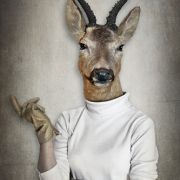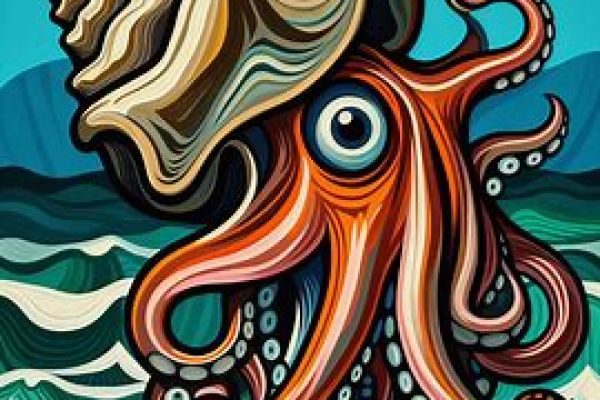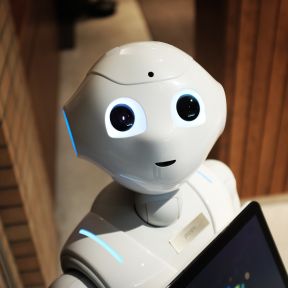
Anthropomorphism
Anthropomorphism is the attribution of human characteristics or behavior to non-human entities, including animals. Some people are more inclined to anthropomorphize than others, but it is a common way of perceiving and interacting with the world.

Anthropomorphism, in which someone “sees” human-like attributes in a non-human, is often associated with the bonds between humans and their beloved pets or possessions or the ways they interpret animal behavior. People can also anthropomorphize in imagining that unseen beings (such as gods) possess human features.
Perceiving the presence of human qualities in other entities can be misleading when such qualities are absent. But anthropomorphism may not always be totally off-base. While a pet rock is never happy to see its owner, some animals may actually experience something like the emotional states that people perceive in them.
When a child earnestly talks to a dog or a teddy bear and expects to be understood, they are anthropomorphizing—imagining that the companion possesses human-like perceptive abilities. But anthropomorphism can also be more subtle, such as when a pet’s owner infers a deliberate, human-like motive after the pet does something comforting or frustrating.
People treat a range of things as if they possess distinctly human qualities. Anthropomorphized characters are a staple of myths, films, and books, from the competing wind and sun in one of Aesop's Fables to singing kitchenware in Beauty and the Beast. In everyday life, cars, computers, and other machines are sometimes treated as if they have minds. And, of course, robots are easy to anthropomorphize.
Anthropomorphism is thought to be a widely shared tendency, with some people being more likely to attribute human qualities to non-humans than others are. Children readily anthropomorphize, as when they attribute traits or emotions to their toys, and many people continue to engage in other sorts of anthropomorphic magical thinking when they grow up.

Attributing human intent to non-human animals, spirits, robots, or other entities, real or imagined, is one way that people make sense of the behaviors and events that they encounter. Humans are a social species with a brain that evolved to quickly process social information. The tendency to view non-humans in terms of human-like characteristics has been theorized to be a product of that evolution.
Seeing pets or objects as human-like could help fulfill a social need, some scientists propose. Some research suggests that people who are lonelier or who tend to feel more worry or sensitivity about social relationships are somewhat more inclined to attribute certain human-like features (such as emotions) to their pets.
Yes. Non-human animals share many mental faculties with humans. But the tendency to read animals based on human ways of thinking and behaving could lead people to exaggerate the similarities and misunderstand the meaning of animal behavior—or even project their own personality characteristics onto animals.
Many people see human-like features, such as faces, in a variety of objects—from the moon’s surface to cloud formations to an unusual-looking piece of food. This tendency is called pareidolia. The survival value of being able to perceive real faces in the environment may help explain why human brains are tuned to register a “face” even when a cloud or a piece of toast vaguely resembles one.
Contrary to some claims that have been made, there does not seem to be any scientific evidence that that smarter people are more likely to talk to their pets.














